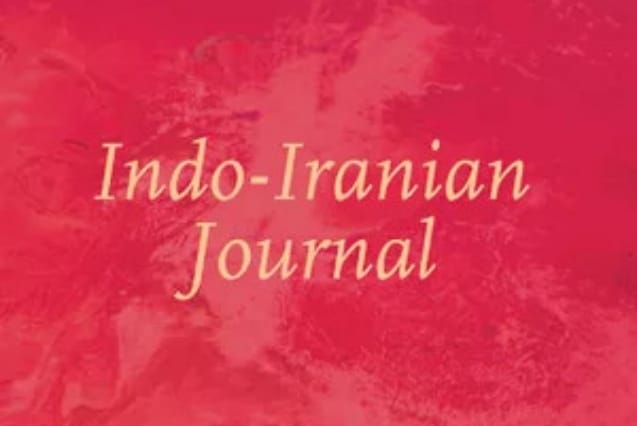Stadel, Seth M. 2025. The legal constructions of Christian slavery in Fars at the end of Late Antiquity. Journal of Late Antiquity 18(2). 401–422.
In the seventh and eighth centuries, the Church of the East community in Fars (southwest Iran) slowly developed a distinctive identity in response to the political, religious, and cultural changes that transformed the region in the wake of the Arab conquest of Iran in the early to mid-seventh century. One facet of this emerging identity centered around the institution of slavery. The only known witnesses preserving details of the practice of Christian slavery in Fars are the lawbooks of Church of the East metropolitan bishops Simeon of Revardashir (mid-seventh century) and Isho‘bokht of Revardashir (late eighth century), each of whom produced their respective legal work for the Christian community in this region. This article examines the legal constructions of Christian slavery in Fars in the context of extant Sasanian slave laws and documentary evidence. It also discusses the extent to which these two metropolitan bishops developed Sasanian slave laws for the purpose of establishing legal boundaries that demarcated Christian slavery from non-Christian slavery in Fars, and it considers the probable reasons that motivated their production of slave regulations for Christians in this region at the end of Late Antiquity.
Abstract







